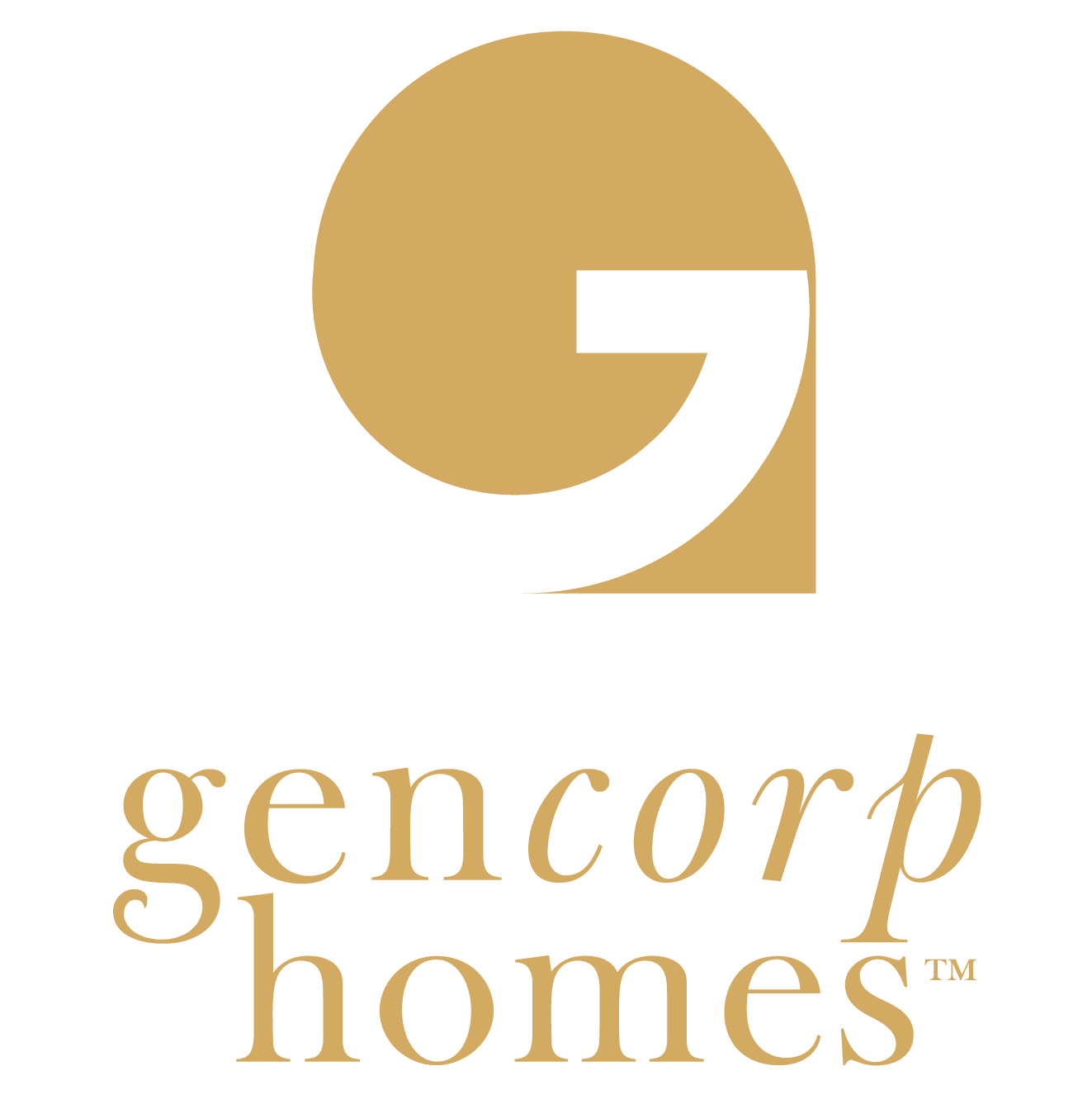No one would blame you for not knowing exactly what a passive house is. Though the term is intriguing, there aren’t many passive homes being made around in the GTA just yet; this is due to a lack of public knowledge on the benefits of passive homes, as well as a lack of training and/or experience among design teams.
Passive Houses vs. Traditional Houses
Passive homes are built specifically to be extremely energy efficient. How exactly? Before we get into the foundations of a passive house, let’s first take a look at why conventional housing requires so much energy to maintain livability.
A typical house requires a few different systems to regulate its internal temperature. If you live in a conventional house, you likely have either a boiler or a forced air furnace with an air conditioner. Many newer homes also tend to have gas fireplaces. These systems may be keeping you and your family comfortable, but they also require a significant amount of energy to work.
That being said, your heating and cooling systems may need to work even harder if your home is full of thermal bridges. A thermal bridge is a weak spot in your home’s insulation that leads to the escape of warm air. They can be caused by junctions between your wall and floor, your wall and roof, and standard window/door reveals. Thermal bridges, along with air leakages via doorways and windows, are the causes of substantial loss of heated/cooled air in your home, meaning maintenance systems must work overtime to replace it.
How Passive Houses Work
Passive houses are temperature-regulated without requiring the significant amount of energy that a normal home needs. Passive housing design eliminates thermal bridges and creates a vacuum in which only clean, filtered air is able to pass through. A builder can construct passive housing by implementing these building techniques:
Substantially thicker insulation: Passive homes are built with walls much thicker than a conventional house. This layer envelopes the entire home, layering the walls, the roof, and even the basement floor, to prevent heat from escaping. Passive home builders call this a continuous layer or “thermal envelope.”
Eliminated air leakages: Airtight designs prevent the escape of regulated air and, likewise, the creation of damaging humidity. Passive home builders ensure that doorways and window frames are fully sealed when they are closed. Airtight construction also prevents excessive humidity, which effectively prevents the growth of mold.
Triple-paned windows: Highly efficient window panels play a very important role in a passive home’s climate regulation. These windows allow natural sunlight to provide warmth without allowing too much solar radiation to overheat the home. They are also better at keeping out the cold during the winter months.
Proper orientation: Proper directional orientation also plays an important role in passive housing. Builders keep the home’s cardinal direction in mind so that the home is not subjected to too much sunlight or too much shade. Passive houses can also be detailed specifically to adapt to a range of different climates.
Solar Recovery Ventilation (SRV): SRV systems are small, energy-efficient components that exchange a passive home’s used air with filtered air from outside. SRVs are important for keeping the atmosphere fresh, comfortable, and healthy to breathe.
The Benefits of a Passive Home
By building and living in a passive home, you eliminate the need to use an air conditioner or a heating system. A passive home uses heat supplied by your running appliances, electronics, and your own radiating body heat to keep you comfortable. Whereas, in the summer, a passive house’s protective barriers will keep you cool and protected from the outside heat.
By eliminating the need for conventional heating and cooling systems, passive homes require 90% less energy for temperature regulation than a traditional home. Though passive homes are 2-3% more expensive to build than a typical home, the promise of significantly lowered hydro bills give passive homeowners a significant return on investment.
Their incredible energy efficiency of passive homes makes building one great way to decrease your family’s ecological footprint and protect the environment and the Earth’s precious resources. Passive homes also guarantee homeowners clean, breathable air, which has a positive impact on mental and physical health. Passive homes can also be just as stylish and fashionable as traditionally constructed modern homes, if not more so.
Are you interested in designing a passive home? GenCorp Homes uses the most updated building techniques to ensure quality custom designs and efficient construction.
Contact our team today to discuss your future Passive House.

